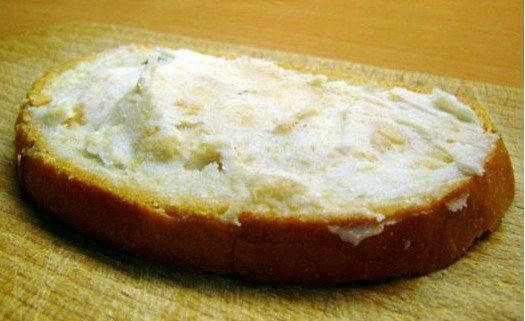INGREDIENTS
This is what I used for 2 cups:
- 1 lb. fatty trimmings
- water
2016-03-26
Lard is fat from a pig, in both its rendered and unrendered forms. It is a semi-soft white fat derived from fatty parts of the pig. Rendering is by steaming, boiling, or dry heat. The culinary qualities of lard vary somewhat depending on the origin and processing method. At retail, refined lard is usually sold as paper-wrapped blocks.
Many cuisines use lard as a cooking fat or shortening, or as a spread similar to butter. It is an ingredient in various savory dishes such as sausages, pâtés, and fillings, and it is particularly favored for the preparation of pastry because of the "flakiness" it provides. In western cuisine, it has ceded its popularity to vegetable oils, but many cooks and bakers still favor it over other fats for certain uses. Wikipedia
If you have access to fatback or the fat around the kidneys, you should try making lard. The smell and flavor of wet-rendered lard are quite neutral, more so than dry-rendered fat or drippings. Home-made lard needs to be stored in a closed container, preferably with a plastic sheet on the lard surface to reduce oxidization = going rancid. It will keep about 3 months refrigerated, up to a year frozen.
For this rendering experiment, I used the fat trimmings of a pork butt roast. I know that's not the ideal fat, but this was just an experiment to see if I could make it happen.
This is what I used for 2 cups:
 Pic1: bread with smout = salted lard
Pic1: bread with smout = salted lard
 Pic2: fat & skin trimmings
Pic2: fat & skin trimmings